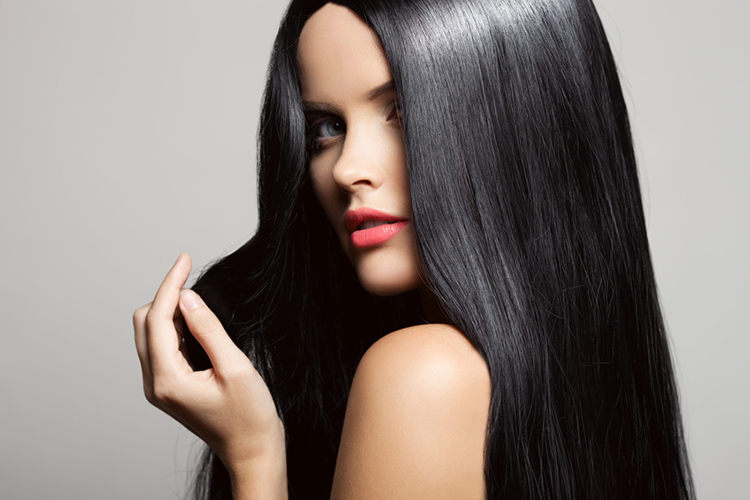 All hair maniacs and supporters of natural oils know, that there is no other substance in the world that will deeply regenerate and beautify our hair as natural oil do. Therefore, they are more and more often mentioned and recommended in hair care treatments. Oils have already outclassed hair masks, serums, balms and even complicated, intensive and regenerating professional hair treatments.
All hair maniacs and supporters of natural oils know, that there is no other substance in the world that will deeply regenerate and beautify our hair as natural oil do. Therefore, they are more and more often mentioned and recommended in hair care treatments. Oils have already outclassed hair masks, serums, balms and even complicated, intensive and regenerating professional hair treatments.
Their career started many centuries ago, when they started being used by Indian, Chinese and Polynesian women, as hair treatment. Oils and their valuable properties have been widely described by Ayurveda – philosophy and medicine of the East.
Nowadays, hair oils have conquered the entire world. If you did not try hair oiling yet, we would like to present the best and most popular methods of this treatment. Join our project and take a better care of your hair. The described techniques do not exclude one another, they can be combined and used at the same time. You might as well chose one method that suits your need best. They are described in a specific order – starting with the ones considered to be most effective and regenerating, to more delicate and taking less time. Good luck!
The most important methods of oiling hair are:
1. Dry hair oiling.
Apply your natural oil (about 1 teaspoon) on the entire length of your hair remembering about the scalp, which also must be covered with the preparation. You can keep the product on for an hour, or two… or five, or even leave it in overnight. In the morning, wash it off with a gentle shampoo.
2. Wet hair oiling.
It is a similar method of oiling to the one described above. The only difference is that oil must be applied on damp hair (thanks to this, it will penetrate into the interior structures much faster and your hair will be more moisturised than when oiling dry hair).
Firstly, you must prep your hair, for example dampen it with water or especially prepared mist. Using the infusion of nettle, chamomile, royal jelly, aloe vera or hyaluronic acid combined with water, we will nourish it even better and ‘feed’ with a blend of nutrients.
3. Hair balm.
This method includes combining the power of natural oils and properties of a hair conditioner. A few drops of oil must be mixed with a dose of your favourite hair conditioner and applied on the strands. This time, you must avoid applying it on the scalp. Keep the blend on your wisps for several minutes – usually follow the amount of time recommended by the producer of the cosmetic. Keep in mind that it is very important that the conditioner was as gentle as possible – free of parabens, silicones, SLS, SLES and other comedogenic substances interfering with the work of natural oils.
4. Hair rinse.
In this technique, hair oil is supported by the power of herbs that make our hair soft ad more absorbent. Selected herbs ( for example nettle or horsetail) must be brewed in 500 ml of water, or 1 litre (depending on the length of our hair – the longer, the more rinse we need). Then, we add a few drips of the chosen oil. Next, pour the whole mixture to a basin or sink and soak your strands in it for about 5 minutes. After the desired period of time, simply wrap your hair in a towel. If your hair is extremely dry – you do not have to wash it with a shampoo. However, healthy and heavy strands should be washed after about an hour or two.
5. Atomiser.
This is the last type of hair oiling. It is the fastest one, but provides only very gentle effects. This method can be used every day in order to protect hair from damages. It consists of spraying a mist all over your head. What is more, it is very easy to prepare such a mist, simply add a few drops of natural oils to water made on the basis of hydrolate, aloe juice or any herbal infusion (nettle, lime, liquorice, horsetail, chamomile). All herbal brews can be mixed together, the same as different types of hair oils. Pour the blend into an empty container with an atomiser and spray over your hair, with the emphasis on the hair ends.


